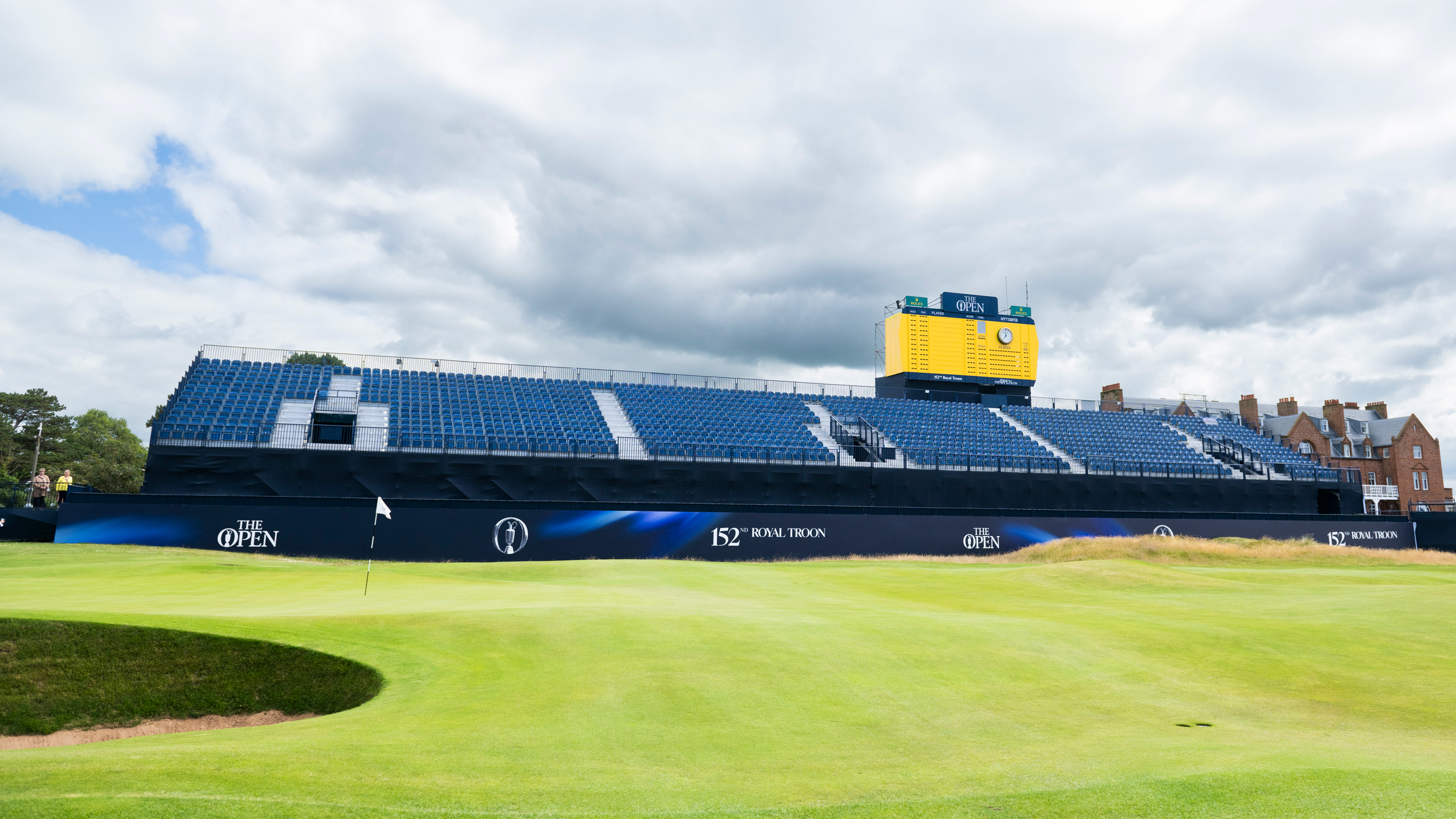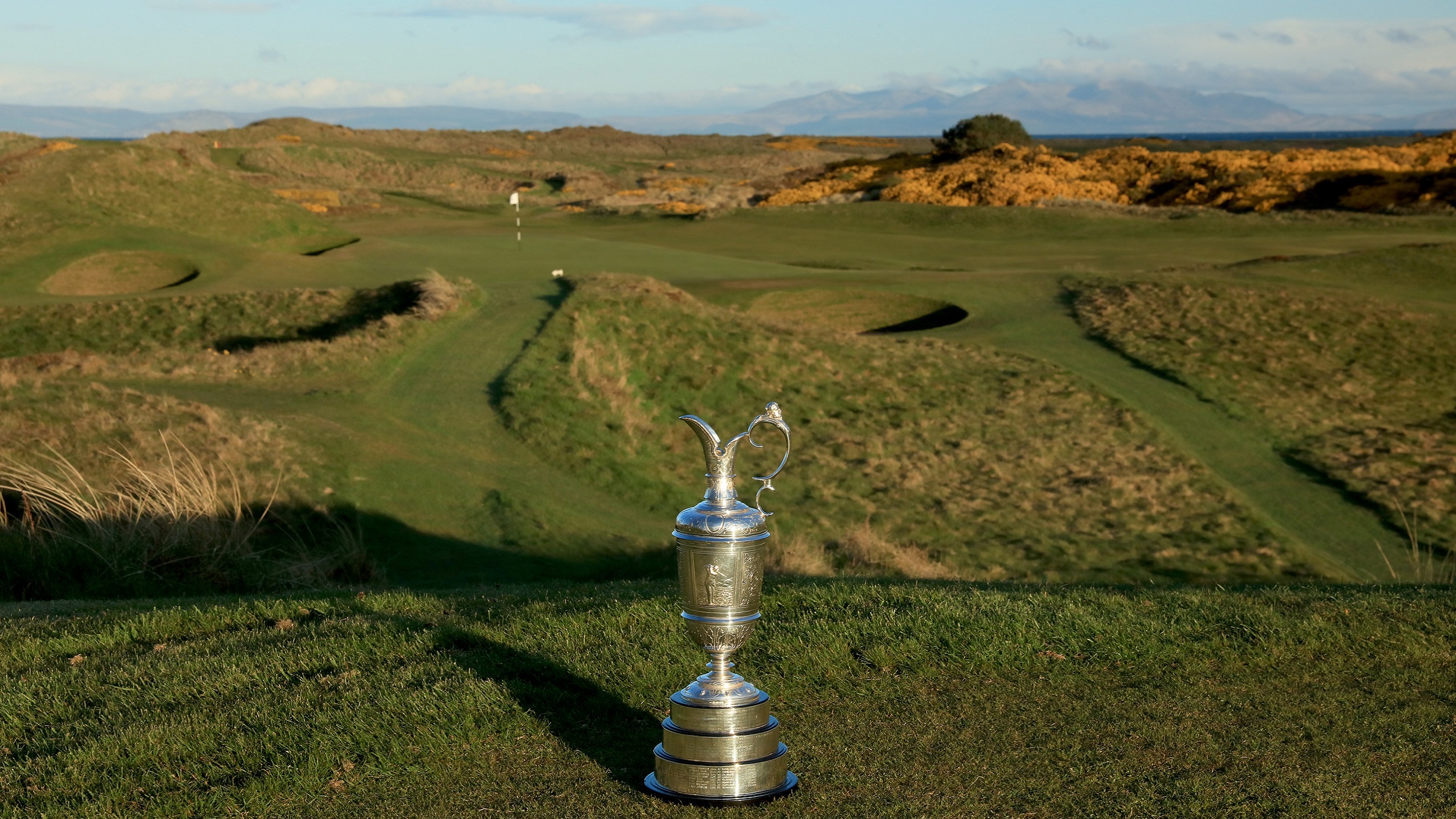
From Arnold Palmer's second Claret Jug win in 1962 to Tom Watson’s triumph in 1982 and through to Henrik Stenson’s masterclass in 2016, Royal Troon has staged some of the greatest moments in the history of The Open.
They were a far cry from the initial days of the course which was founded in 1878 as a result of a gathering of some golf enthusiasts with the original design being created by George Strath, the local pro.
The course was later expanded to 18 holes in 1888 and re-designed by five-time Champion Golfer James Braid ahead of its first Open in 1923 as the venue now prepares to host the tournament for its tenth time.
The course copies the traditional out-and-back manner of the Old Course at St Andrews. Its test begins with a gentle opening which is usually downwind before concluding with a back nine which is widely considered one of the hardest finishes in golf.
The club's motto is 'Tam Arte Quam Marte' - as much by skill as by strength - and nowhere is this more appropriate than at the Postage Stamp eighth, an 123-yard par 3. The intricate par 3 is not out of place being discussed alongside the 17th at TPC Sawgrass, the 12th at Augusta National and the 7th at Pebble Beach as one of the best short holes in the game.
Gene Sarazen aced the hole in his penultimate appearance in The Open in 1973 but in qualifying for The Open in 1950 the German amateur, Hermann Tissies, racked up a record score of 15.

If players hit the middle of the green it’s usually a straightforward par but if they miss the green - which is usually into the prevailing wind - then they’ll do well to come off with a bogey. There is an aptly named “Coffin” bunker on the left side. This year there is a new spectator stand at the hole to enable fans to see all the drama up close.
Royal Troon Golf Club remains the first and the last club in Great Britain to have been granted royal status under the reign of queen Elizabeth II.







